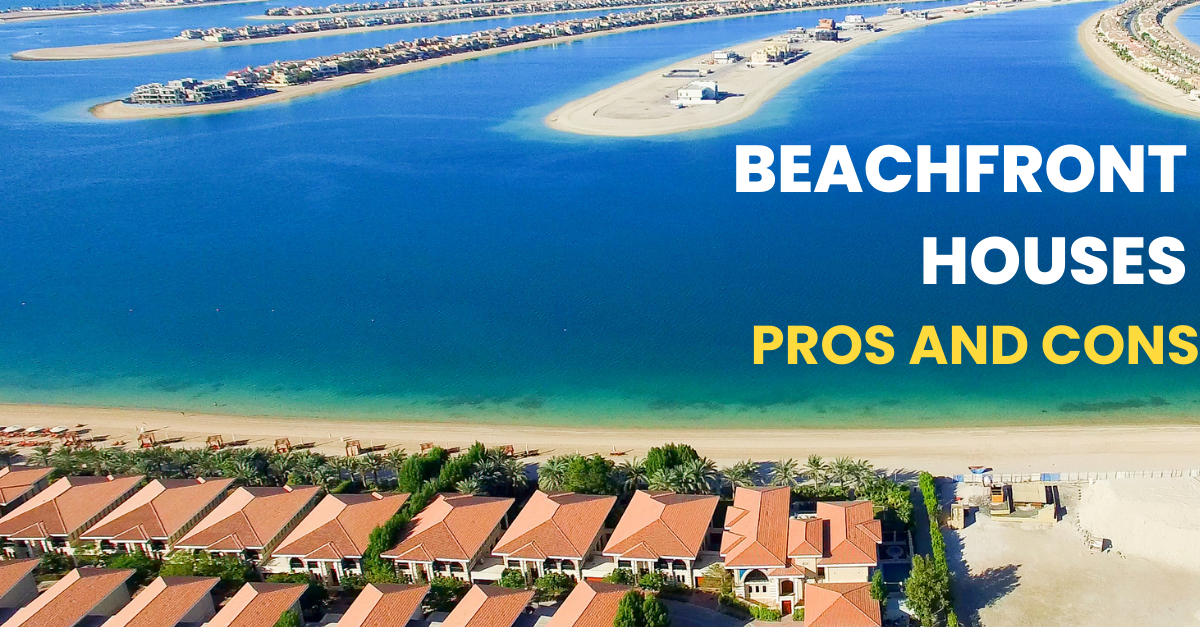5 things to consider when deciding between high and low floors in Dubai
In the last decade, Dubai has become synonymous with high-rise buildings. Today, staying in Dubai connotes accommodations in towering structures with state-of-the-art amenities. It is not until you start deciding where to buy a property that you weigh the merits and demerits between low and high floors. Needless to say, the local real estate market characterizes a multitude of options, especially in terms of elevation. But because real estate is a capital-intensive investment, deciding the floors can get complex.
The complexity stems from the fact that the choice between high or low floors is underpinned by multiple considerations, with both the options accompanying unique advantages and disadvantages. Buyers or renters must reconcile these factors with their preferences to determine a property that works best for them. The following are the primary considerations.
Disturbances
Low floors are closer to the cacophonies of day-to-day life. These could be noises attributed to vehicular movements, honking, and playgrounds, among other street-related disturbances. The ground floor, for example, experiences a lot of movement, which could mean less privacy. As you go higher up, the noises from chatty neighbours or visitors abate, creating more quietude. That said, lower floors need not be noisy by design, as architects can incorporate efficient acoustic control techniques to mitigate unwanted noises.
Health and well being
If you seek more natural light, ventilation and fresh air, higher floors are advisable. In addition, high floors have fewer rodent and mosquito infestations and lower dusting requirements. Conversely, if you factor in children’s risk of falling, lower floors make a better case for consideration. Also, during winters, higher floors tend to get chilly compared to lower ones. This is to say, health considerations in floor selection boil down to personal priorities.
Aesthetic appeal
If you attribute the view from the property to aesthetic appeal, then the higher the floor the better. Especially after it gets dark and the city lights turn on, the skyline of Dubai looks spectacular. However, if you like to be closer to greenery and gardens and seek easy access to the same, lower floors are advisable. Although there is scope for balcony gardens on higher floors, they do not compare to the expansive lawns that ground floors give access to.
Accessibility
Residents who are convenience-driven swear by lower floors, especially if they have pets or aged/less-able members in the house. Lower floors also have an edge when factoring in power disruptions or evacuations where lifts will not be operational. Even under regular circumstances, living on higher floors entails longer waiting times for lifts and journeys to the parking lot, supermarket, etc., as well as the inconvenience of moving big appliances and furniture. So, lower floors make a compelling case when it comes to accessibility. But it is important to remember that lower floors are also more accessible to thieves and other perpetrators.
Cost
Typically, cost increases as you go higher. Unless the floor plan of properties closer to the ground includes added garden space, extended balconies, or other value-added amenities, this notion stands. Also, life-cycle costs tend to be relatively higher on top floors because of more electricity consumption related to AC, as it gets hotter during the day. It will require more heating in the nighttime because of lower temperatures compared to ground floors. Also, there is a broad consensus that properties on lower floors generate higher rental returns as they are better attuned to renters’ convenience-first and short-term outlook.




